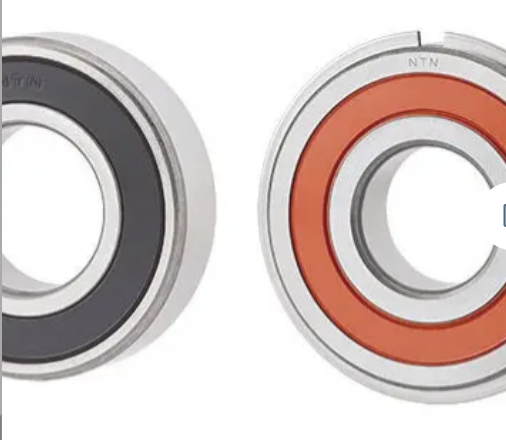Welcome to Sino Bearings web
24x7 HOTLINE:+86-28-81454188

 TECHNOLOGY
TECHNOLOGY
When replacing a heavy-duty clutch pilot bearing, there are a few options to consider. You should always follow the OEM recommendations as they will require either standard- or high-temperature bearing, and that difference between the two is extremely important.
While clutch pilot bearings are often thought of as a relatively simple deep groove ball bearing, they are actually highly-engineered and purpose built for demanding applications. Major differences between Standard and High Temp bearings is the use of different greases and seal materials, as you can see here:
Standard-temp clutch pilot bearings
Grease: Polyrex EM Grease – Temp range of -13°F to 338°F (-25°C to 170°C)Seal: Full Contact Nitrile Seal – Temp range of -15°F to 225°F (-26°C to 107°C)
High-temp clutch pilot bearings
Grease: Krytox GPL225 Grease – Temp range of -40°F to 428°F (-40°C to 220°C)Seal: Full Contact Viton Seal – Temp range of -40°F to 425°F (-40°C to 218°C)
You’ll usually find high-temp bearings in heavy-duty applications. And you’ll want to note if the clutch pilot bearing you’re servicing also has an integrated snap ring.
These can seem like small details, but a clutch bearing failure can put a truck on the side of the road, restrict shifting, and possibly damage the intermediate shaft or, potentially, the entire clutch pack assembly. And that’s not a come-back service call that you want to field.